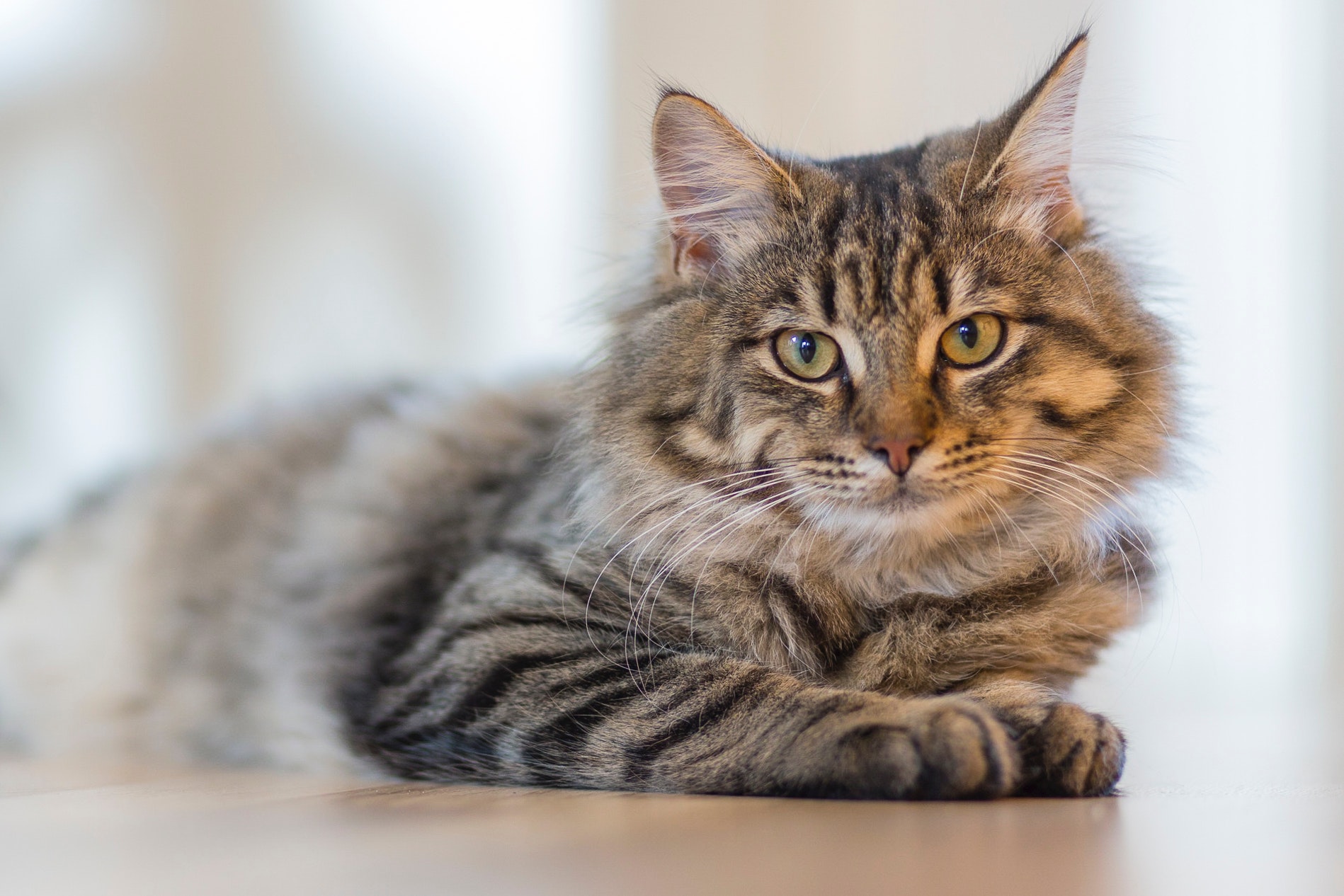
Being a cat owner is hard work, wouldn’t it be a lot easier if you could effectively communicate with your furry friend?
The experts at All about Cats have revealed 5 ways to have a conversation with your cat as well as some of the key phrases you need to know in order to speak ‘cat’.
5 ways to have a conversation with your cat:
1 – Narrow your eyes at them – It is thought that the number one way to connect with your cats is by narrowing your eyes (like they would). If you narrow and gaze into your cat’s eyes it can help build a bond with them and let you understand their feelings.
2 – Listen to your cat – If you watch the movements your cat makes in addition to the different sounds you can often distinguish what the different ‘meows’ mean. A short ‘meow’ would often be a common greeting whereas multiple would mean the cat is very excited, or a long low pitch ‘meow’ could mean a displeasure with something.
3 – Watch your cat – By looking at your cat’s body language you can accompany certain gestures with behaviours and feelings. For example having their tail straight up with a curl at the end would often mean they are happy, whereas if it’s twitching it could mean they are very excited.

4 – Identify communicative behaviors – Look at the common behaviours your cat makes around you as this is a key part of their communication with you. For example if a cat rubs against you, it is most likely marking its territory and making you their property.
5 – Talk back to your cat – By talking back with the appropriate tone and using gestures after you notice these behaviours, you can create an effective line of communication. The more you communicate with your cat the more it will understand you and what the different tones of voice and actions represent.
Key phrases you need to know in order to ‘speak’ cat:
Listen out for these common sounds:
• Short “meow” = “Hey.”
• Multiple “meows” = “I’m very excited to see you”
• Mid-pitch “meow” = Your cat want’s something, for example, wants feeding.
• Low pitched “mraaooww” = “I’m annoyed with you.”
• High-pitch “rrrooowww” = Your cat feels a sudden pain or is in shock.
• “Purr” = This is your cat being tender and showing love towards you.
• “Hiss” = “I’m very angry and may start scratching someone.”
Doron Wolffberg, Founder of AllAboutCats.com on how you can communicate better with your cat and why this is so important for some cat owners:
“As a cat owner, being able to communicate with your furry friend is extremely important! Not only to make life easier, but to help you know if something is wrong with them or they’re unhappy, and the common signs to look out for. The best way to communicate with them is to know what their different sounds and gestures mean, the only way to do this is through careful observation, meaning at the start of the relationship mentally taking notes of the actions or situations that accompany these sounds and gestures. This will allow you to understand their wants and needs and start replying in the appropriate tone of voice. It’s important that you stay consistent with your tone of voice and actions as your cat will start to associate the tone and specific words with what you want them to do.”

